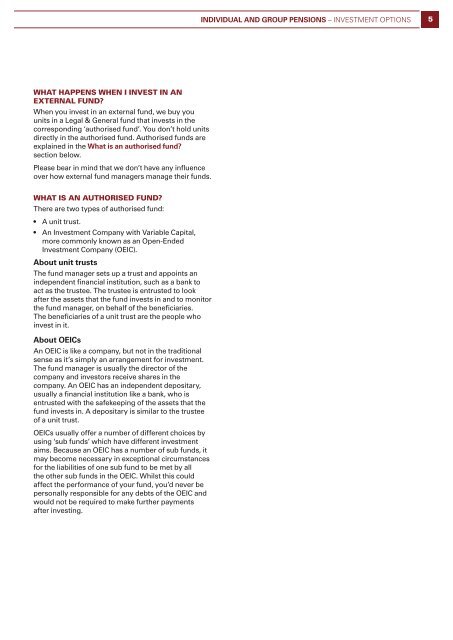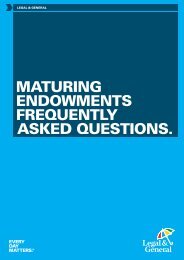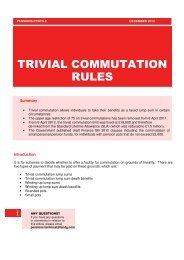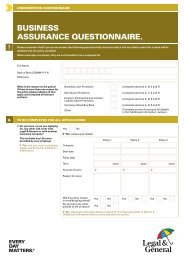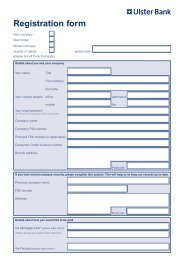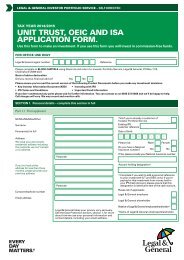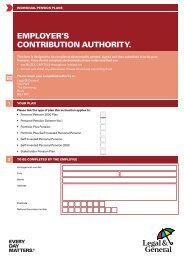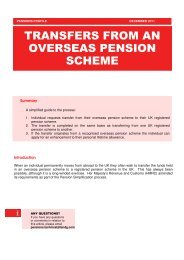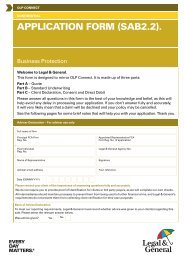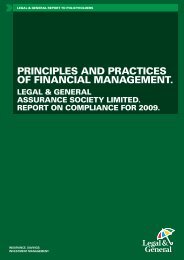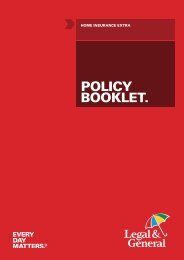INVESTMENT OPTIONS. - Legal & General
INVESTMENT OPTIONS. - Legal & General
INVESTMENT OPTIONS. - Legal & General
Create successful ePaper yourself
Turn your PDF publications into a flip-book with our unique Google optimized e-Paper software.
Individual AND GROUP pensionS – Investment options<br />
5<br />
WHAT HAPPENS WHEN I INVEST IN AN<br />
EXTERNAL FUND?<br />
When you invest in an external fund, we buy you<br />
units in a <strong>Legal</strong> & <strong>General</strong> fund that invests in the<br />
corresponding ‘authorised fund’. You don’t hold units<br />
directly in the authorised fund. Authorised funds are<br />
explained in the What is an authorised fund?<br />
section below.<br />
Please bear in mind that we don’t have any influence<br />
over how external fund managers manage their funds.<br />
WHAT IS AN AUTHORISED FUND?<br />
There are two types of authorised fund:<br />
• A unit trust.<br />
• An Investment Company with Variable Capital,<br />
more commonly known as an Open-Ended<br />
Investment Company (OEIC).<br />
About unit trusts<br />
The fund manager sets up a trust and appoints an<br />
independent financial institution, such as a bank to<br />
act as the trustee. The trustee is entrusted to look<br />
after the assets that the fund invests in and to monitor<br />
the fund manager, on behalf of the beneficiaries.<br />
The beneficiaries of a unit trust are the people who<br />
invest in it.<br />
About OEICs<br />
An OEIC is like a company, but not in the traditional<br />
sense as it’s simply an arrangement for investment.<br />
The fund manager is usually the director of the<br />
company and investors receive shares in the<br />
company. An OEIC has an independent depositary,<br />
usually a financial institution like a bank, who is<br />
entrusted with the safekeeping of the assets that the<br />
fund invests in. A depositary is similar to the trustee<br />
of a unit trust.<br />
OEICs usually offer a number of different choices by<br />
using ‘sub funds’ which have different investment<br />
aims. Because an OEIC has a number of sub funds, it<br />
may become necessary in exceptional circumstances<br />
for the liabilities of one sub fund to be met by all<br />
the other sub funds in the OEIC. Whilst this could<br />
affect the performance of your fund, you’d never be<br />
personally responsible for any debts of the OEIC and<br />
would not be required to make further payments<br />
after investing.


